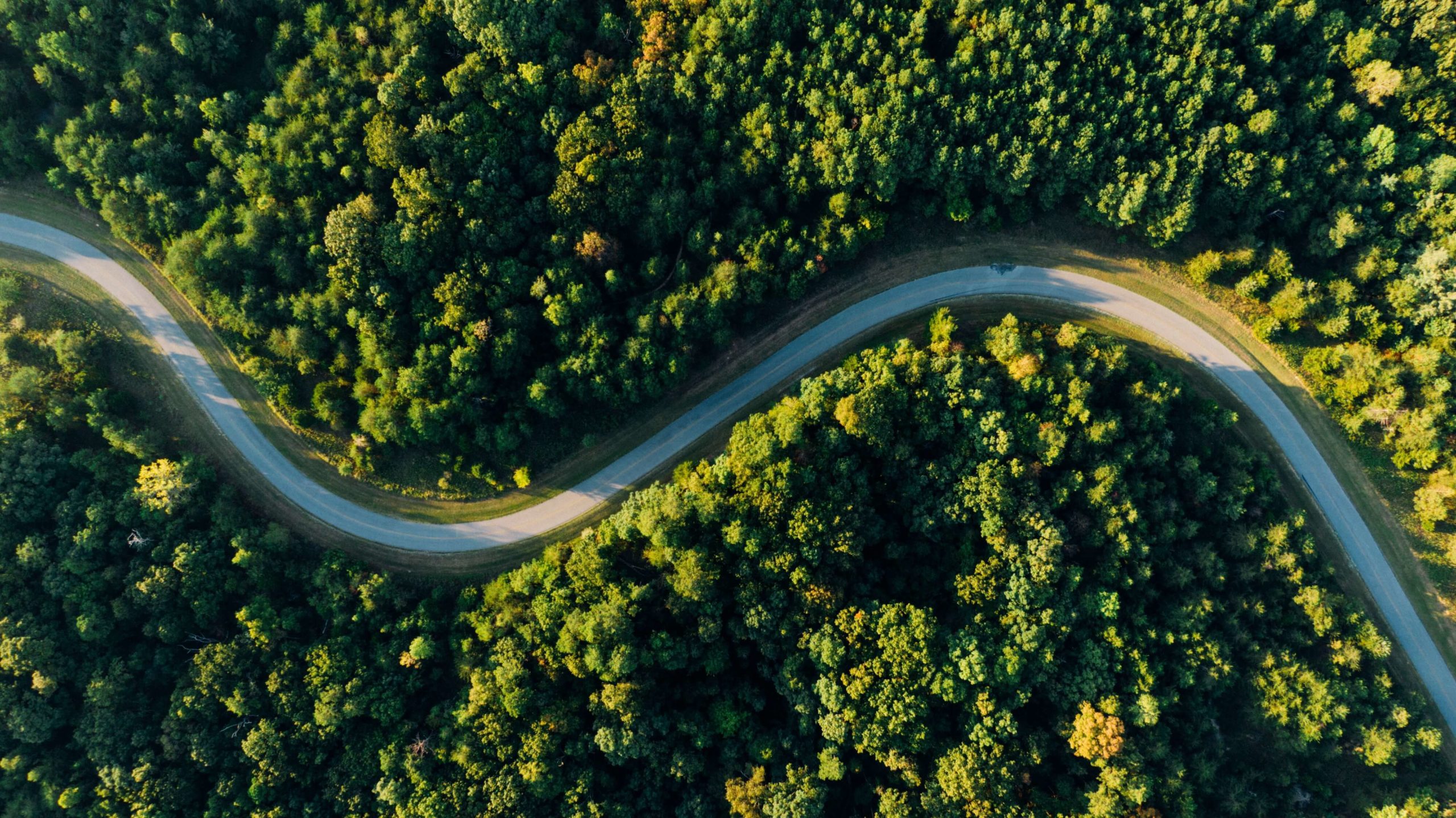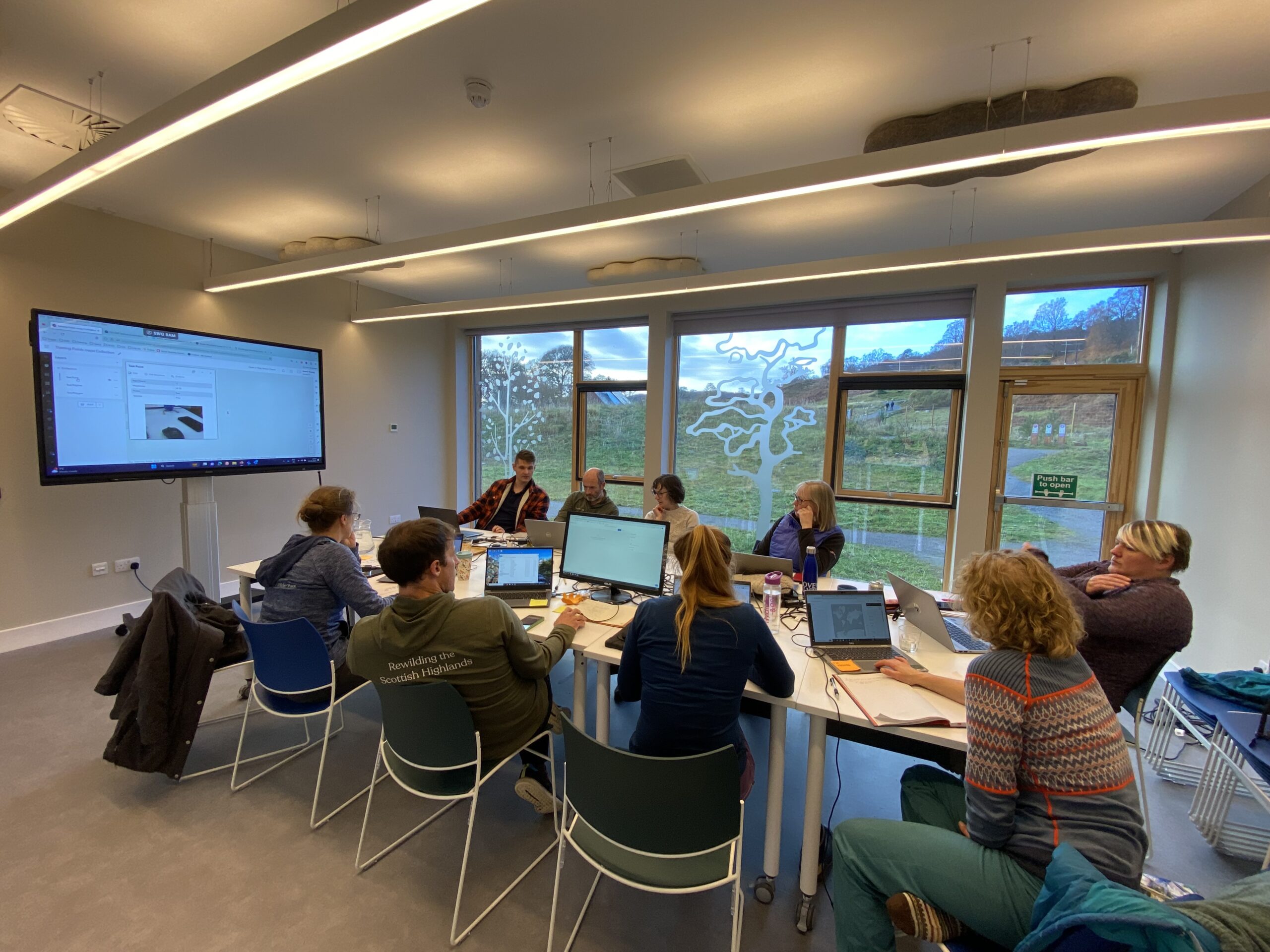GIS Elevation Models Explained

There are three different ways to model elevation when talking about GIS (Geographic Information Systems) elevation models. The three models include Digital Elevation Models (DEM), which can be segmented into Digital Surface Models (DSM) or Digital Terrain Models (DTM).
The three models use different methodologies; the data/information delivered contains differing elevation values, and it may be challenging to decide which elevation model is best.
Our planet contains peaks and valleys, human-made features and natural habitats. When you have a landscape visualisation that includes elevation data, you can identify the most vulnerable areas for sea-level rise, spot vegetation encroachment and avoid aesthetic mistakes when urban planning. We will tell you the different factors between DEM, DTM, and DSM to help you better understand each one and its applications.
Ways to Capture Digital Elevation Models
DEMs are typically generated from remotely sensed data collected from various sources, including drones, satellites and planes.
Remote sensing methods for gathering DEM surfaces include:
- SAR interferometry: Synthetic aperture radar (SAR) collects data using several radar images from antennas
- Stereo Photogrammetry: Aerial photographs with satellite imagery. Photogrammetry uses photos from 2 or more different vantage points of the same area
- LiDAR (Laser altimetry): DSMs using light measures the reflected light that bounces off the ground to determine the elevation
- Digitising contour lines: With a contour map, DTMs, which are a subset of DEMs, can be easily digitised and then interpolated programmatically with geospatial software
- DGPS measurements: Differential GPS or DGPS, done in the field with special devices that use satellite information to survey points across an area, determining their position
- Ground surveying: Done with a device called a theodolite, the points need to be interpolated to yield a continuous raster
The Digital Surface Model (DSM)
DSMs often use LiDAR (light detection and ranging) systems to paint a world picture. LiDAR delivers a massive point cloud with elevation values using heights from the top of tree canopies, buildings, powerlines and other features. DSM will capture the built and natural features of the earth’s surface.
Digital surface models generate 3D modelling for urban planning, infrastructure management, hydrology, flow direction studies, land use planning, telecommunications and aviation.
Uses for DSM include:
- Support determining runway encroachment and obstructions in the approach zone at airports.
- Identify where and how much vegetation encroaches along transmission lines aiding in vegetation management.
- Urban planners utilise DSM to check how proposed buildings affect the view of businesses and residents, identifying and viewing possible obstructions.
- Creating physical models like raised-relief maps
- Generating three-dimensional visualisations
- Analysing terrain in physical geography and geomorphology
- Modelling water flow and mass movements such as landslides
The Digital Elevation Model (DEM)
A digital elevation model is a bare-earth raster grid referenced to a vertical datum after filtering out non-ground points like roads and bridges, leaving you with a smooth digital elevation model. DEM models do not include the natural (trees and other vegetation types) and built (buildings, power lines and towers). Points are arranged in a grid format (raster data), with every cell representing an elevation.
Once you delete vegetation and artificial features from elevation data, you generate a DEM, which is very useful in hydrology, soils and land use planning. Other uses for DEM include:
- Hydrologic modelling. Hydrologists utilise DEMs to delineate watersheds and calculate flow accumulation and direction.
- Identify terrain stability. DEM helps identify high slopes with sparse vegetation that is prone to avalanches when planning highways or residential subdivisions
- Soil mapping. DEMs support soil mapping, which is a function of elevation and is used in geology, time and climate also
The Digital Terrain Model(DTM)
A digital terrain model (DTM) has two different definitions, depending on your geographic location. DTM has some points and regularly spaces and includes natural features like coastlines, ridgelines, faults, drainage lines and passes. A DTM can retain natural components, making it preferable in the field of engineering.
- In certain countries, DTM is synonymous with DEM and DTM is simply an elevation surface representing the bare earth reference to a common vertical datum.
- A DTM is a vector data set composed of regularly spaced points and natural components like breaklines and ridges in the United States and other countries. A DTM enhances a DEM because it includes linear features of the bare-earth terrain.
A DTM represents unique terrain features because of its three-dimensional breaklines and consistently spaced 3D mass points and is usually created through photogrammetry.
Talk With MGISS for All of Your Geospatial Needs
Our experts at MGISS partner with utility and infrastructure organisations and environmental agencies to help optimise or develop GIS for your business. We will develop, support, and train members of your company in GIS technology and show you how it can improve your business.
Contact us today to find out how we can help you by improving asset management, decision-making, and customer service.
About
Starting as a university cadet in the Royal Navy, Gareth pursued his passion for engineering, navigation and sailing working as a marine engineer and marine solicitor after graduation. Before joining MGISS, Gareth returned to university to study for an MSc in Geospatial Information Science, which led to researching Building Information Modelling and Geographic Information Systems (BIM/GIS) interoperability as part of a PhD.



